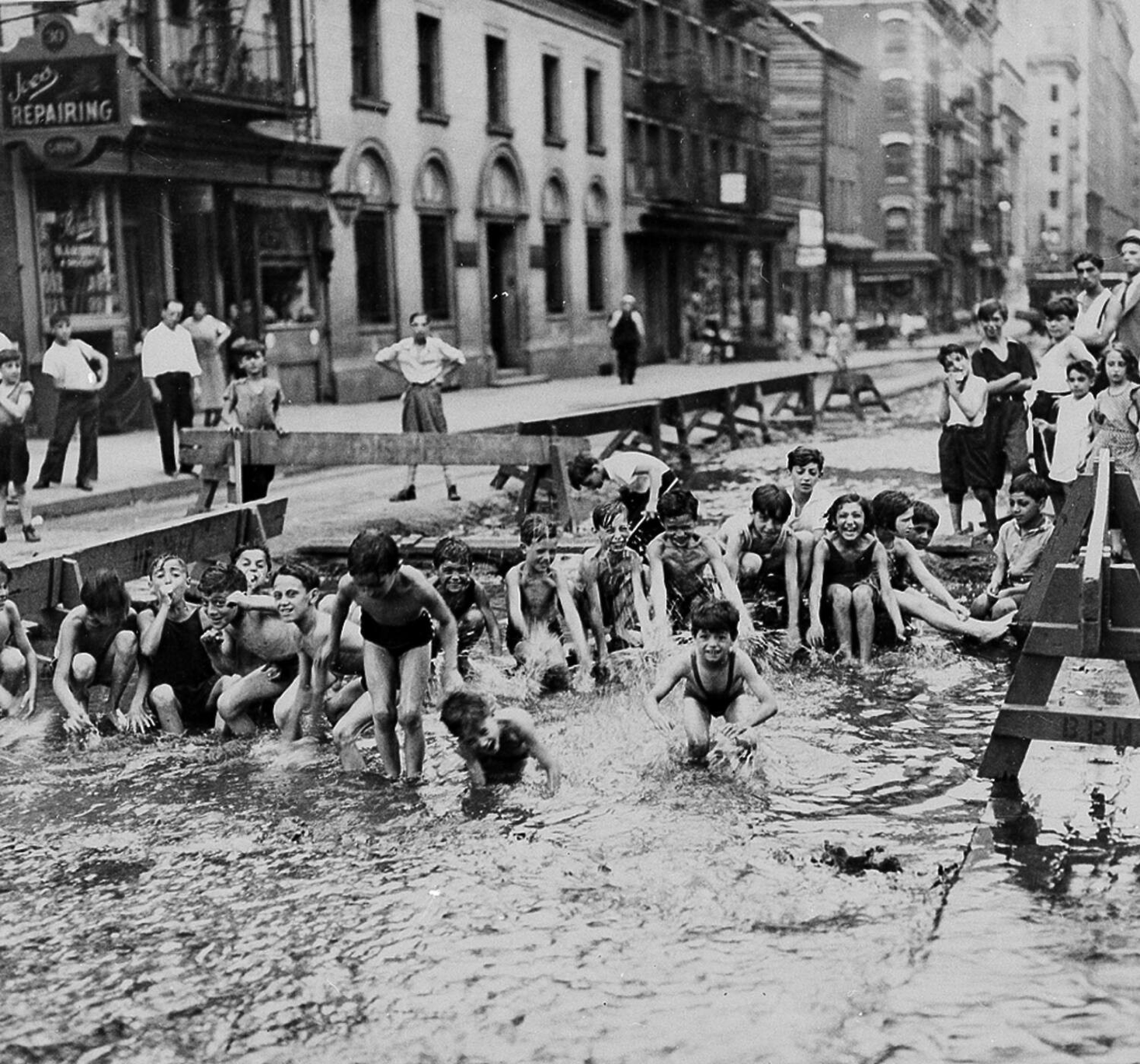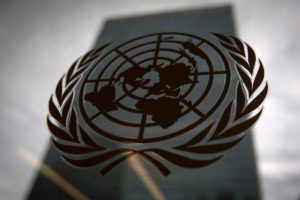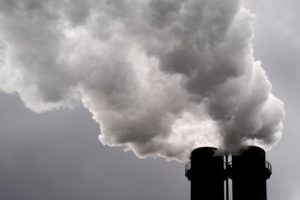Abandoned vehicles sinking into scorching-hot orange silt. Fields of dying crops. Ghost towns cowering under black clouds of dust.
The killer U.S. heat wave of 1936 spread as far north as Canada, led to the heat-related deaths of an estimated 5,000 people, sent thermometers to a record 121 degrees Fahrenheit in Steele, N.D., and made that July the warmest month ever recorded in the United States.
The country and much of the world are currently baking in a brutal heat wave. Britain had its hottest day on record Tuesday, with temperatures hitting 104 degrees at London Heathrow Airport. Much of central Asia has been 20 degrees hotter than normal. And in the United States, more than 100 million Americans were under National Weather Service heat advisories or warnings Tuesday, a day after triple-digit temperatures stretched from Texas to North Dakota.
But in much of the central United States, summer 1936 was even hotter. At their peak, temperatures in North Dakota were warmer than midsummer Death Valley, and hot enough to cook rare steak in the street.
Few residents struggling in those temperatures would have been able to afford such a meal: The heat wave struck during the Great Depression, six years into a sustained period of crop failure and economic hardship.
The North American heat wave of 1936 followed one of the coldest recorded winters in the same area.
In North Dakota, February temperatures at Devil’s Lake plunged to minus-21 degrees. Channel ice in the Illinois River at Peoria grew 19 inches thick. The Chesapeake Bay froze entirely, something that has happened only seven times since 1780. Schools closed in the Pacific Northwest, the Great Plains and the Midwest, with rural schools in Cottonwood County, Minn., losing almost a month of class time.
Although greenhouse gases have warmed the world’s oceans since the 1830s and global warming concerns were being raised as early as 1896, the pronounced swing in temperatures in 1936 isn’t generally considered to be part of human-driven climate change.
At the time, 1936 had such a frozen start that the idea of a heat wave would have seemed like wishful thinking.
Livestock were freezing to death, and pedestrians were regularly experiencing hypothermia and frostbite. Snowdrifts in Pierson, Iowa, swallowed whole locomotives, interrupting deliveries and depleting food stocks,
The blizzards contrasted with the Dust Bowl imagery of the ’30s. As described in John Steinbeck’s 1939 novel “The Grapes of Wrath,” the era saw arid topsoil blown into clouds that scoured the land, blighting everything in their path. And while the extraordinary winter of 1935-36 was certainly a hardship, it would feel like a reprieve as spring gave way to summer.
As documented in “The 1936 North American Heat Wave: The History of America’s Deadly Heat Wave during the Dust Bowl and Great Depression,” temperatures began to climb rapidly in March, with rainfall becoming scarce. Occasional storms would give farmers hope that the early high temperatures would break. Instead, they kept ascending.
By June, a drought was consuming the Northeast, causing a feedback loop where the hot, dry ground further heated the air. Soon, the West and the South were experiencing the same conditions.
The most popular and interesting stories of the day to keep you in the know. In your inbox, every day.
High temperatures in Bloomington, Ind., exceeded 100 degrees for two weeks straight in July.The Illinois State Journal declared in a July 8 headline, “Heat wave scorches Midwest: many die.”
“We had fans,” recalled 88-year-old Columbus resident Louise Sager in 2016 when speaking to NBC4 on the 80th anniversary of the heat wave. The temperature had hit 103 degrees for seven consecutive days, and air conditioning was available only in a few stores and theaters. Sager drank lemonade on her dad’s farm to keep cool and waited for ice deliveries.
In eastern Washington state, Oregon and the Great Plains, the dryness became so serious that President Franklin D. Roosevelt created the Great Plains Drought Area Committee, which would later report that “radical adjustment must be made in activities if the area is to self-sustaining.”
Dust storms blew as far as Atlanta, Boston and New York, with silt covering the decks of ships more than 250 miles off the East Coast. New York City streets melted as temperatures on July 9 reached 106 degrees.
Residents of Lincoln, Neb., slept on the lawn of the Nebraska Capitol in an attempt to keep cool on nights when the mercury never dipped below 91 degrees. In New York, people slept on fire escapes.
By September, the high temperatures had abated. But more than 5,000 heat-related deaths had been reported across America, in addition to 1,000 in Canada.
Today, heat remains America’s deadliest “weather killer,” causing more fatalities in an average year than tornadoes, hurricanes or flooding. But given that global energy-related CO2 emissions in 1936 were less than a sixth of today’s, what caused the summer temperatures that year to soar so drastically?
In 2015, researchers at the University of New South Wales in Australia determined that the 1936 heat wave was born of the ocean: specifically, high surface sea temperatures. Areas of the Pacific from the Gulf of Alaska to Los Angeles had warmed in tandem with the Bay of Fundy between Maine and Nova Scotia.
“Together they reduced spring rainfall and created perfect conditions for scorching hot temperatures to develop in the heart of the U.S.,” noted Markus Donat of the ARC Centre of Excellence for Climate System Science.
In the decades since 1936, America has experienced a succession of heat waves. The drought of 1980 caused an estimated $20 billion in damage. Ratcheting temperatures throughout the summer of 1988 are reported to have claimed almost 10,000 lives.
Since 2020, the Southwest has officially been experiencing a megadrought: a two-decade-plus shortage of water, and the area’s driest period since 800 A.D. A study this year determined that 42 percent of the soil moisture deficit is the result of human-caused climate change.
If the conditions of the 1936 heat wave were to take place now, the result would likely be far more severe. “Should this ocean warming reoccur in exactly the same constellation,” Donat said in 2015, “because of climate change it is likely the temperature impacts would be even more devastating and those old records may be surpassed.”
George Bass is a feature writer based in Britain who has contributed to the Guardian, the New York Times, the New Scientist and the Financial Times.
Democracy Dies in Darkness
© 1996-2022 The Washington Post




